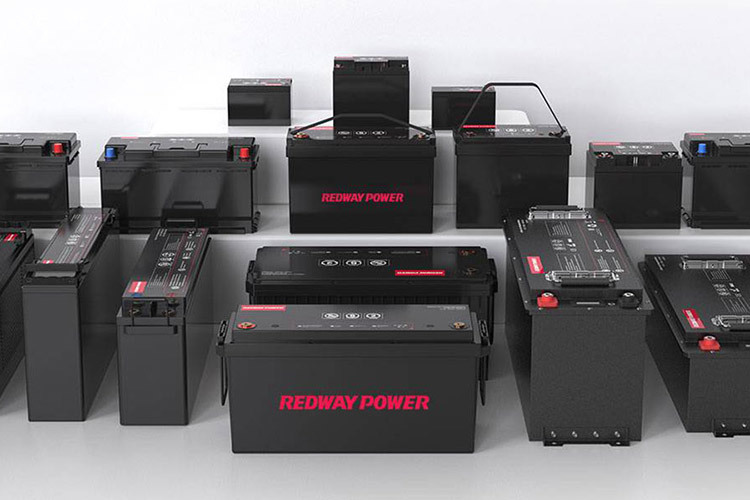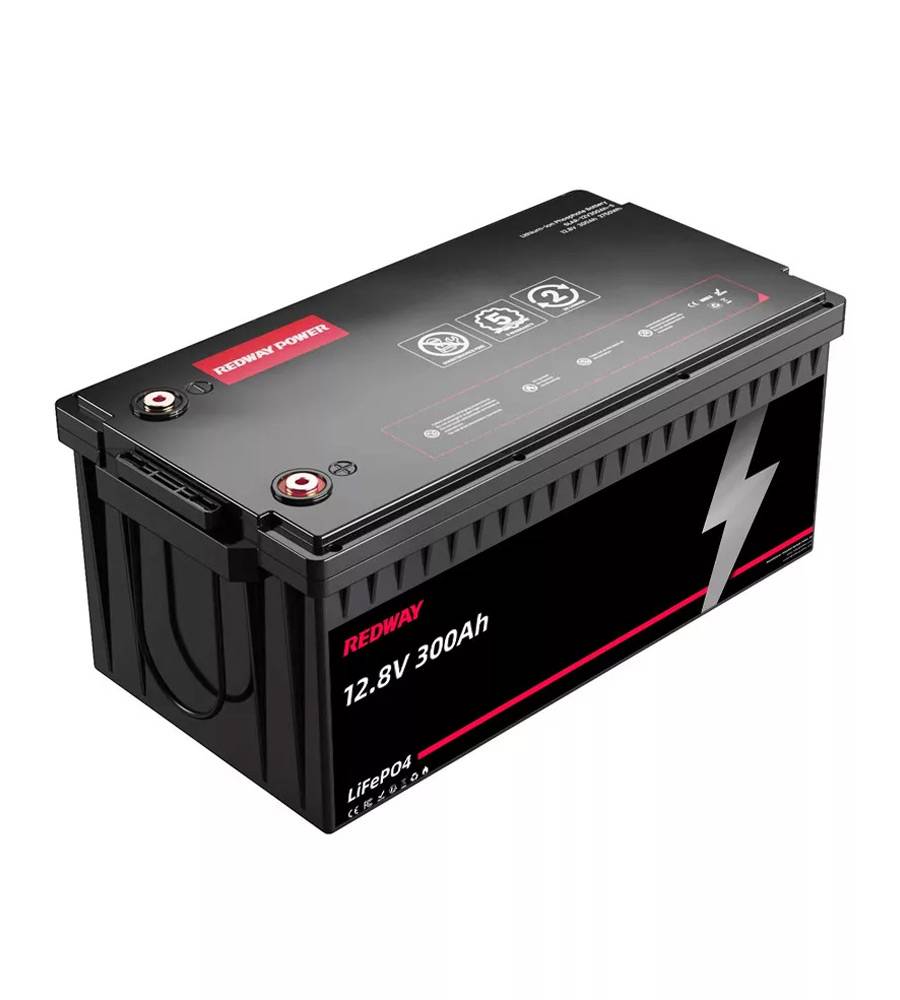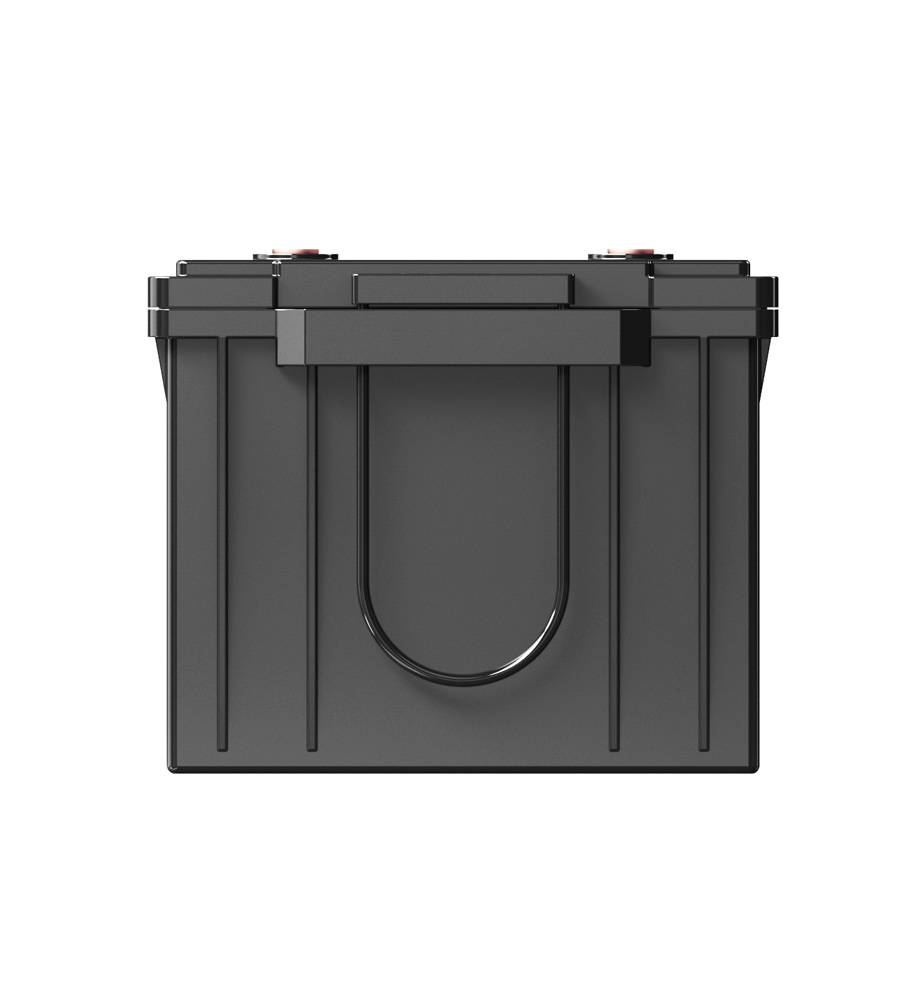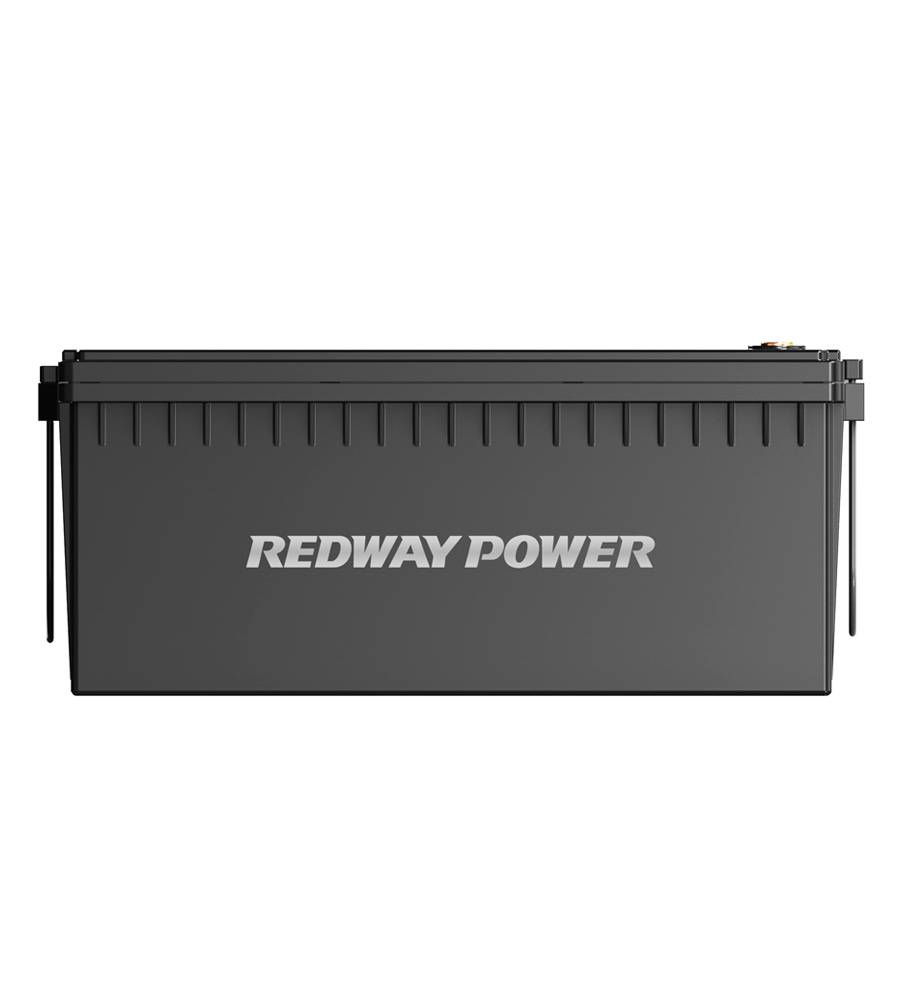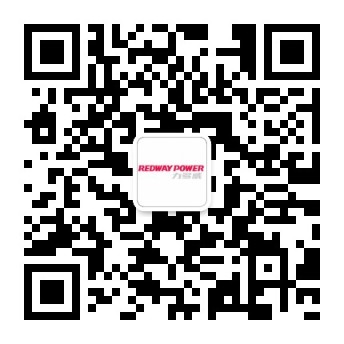Battery Specifications
What is the capacity of 12V 300Ah Group 8D battery?
The nominal capacity is 300Ah (3.6kWh) with actual usable capacity of 270-285Ah (90-95% DoD). These batteries deliver consistent 12V output under load, unlike lead-acid which suffers voltage sag.
Group 8D lithium battery dimensions and weight?
Standard dimensions are L20.7×W8.9×H9.8 inches (525×225×250mm). Weight averages 65-75kg - 60% lighter than comparable lead-acid models (typically 150-180kg).
What are the specifications of 12V 300Ah lithium batteries?
Key specs include 300Ah capacity, 5000+ cycles at 80% DoD, 1C continuous discharge (300A), and operating range of -20°C to 60°C. Most feature IP65 rating and built-in BMS.
Performance & Safety
Charging/discharging rates for 12V 300Ah Group 8D?
Charge rate is 0.5C (150A) standard, with some supporting 1C (300A). Discharge rate reaches 1C continuous (300A), with 2C pulse (600A) for 30 seconds. Built-in BMS prevents overcurrent damage.
Safety features in Group 8D lithium battery design?
Multi-layer protection includes short-circuit prevention, temperature monitoring, and cell balancing. Marine versions add waterproof casings and vibration-resistant mounting systems.
What is the lifespan of 8D lithium 12V 300Ah batteries?
Lifespan averages 10-15 years with 80% capacity retention after 4000+ cycles at 80% DoD. Calendar life exceeds 12 years with proper maintenance.
Pricing & Manufacturers
What is the price range for 12V 300Ah LiFePO4 batteries?
Wholesale prices range 900−1,800 depending on quality. Grade A cells with smart BMS cost 1,400+∗∗,whilebudgetoptionsstartat∗∗900. Bulk orders (10+) typically qualify for 10-25% discounts.
Which Chinese manufacturers produce 12V 300Ah LiFePO4?
Leading manufacturers include CATL, EVE Energy, and BYD. Specialized brands like Shenzhen Basen and DLG Battery offer OEM services with custom configurations.
How does China's 12V 300Ah LiFePO4 pricing compare globally?
China prices are 40-60% lower than US/EU equivalents. Korean and Japanese batteries cost 20-30% more for marginal quality improvements in BMS technology.
Applications & Compatibility
What devices are compatible with 8D lithium 12V 300Ah?
Ideal for large RVs, marine trolling, and off-grid solar. Handles 3000W+ inverters, electric winches, and commercial equipment. Replaces Group 8D lead-acid in all applications.
Applications for solar energy storage with these batteries?
Perfect for 5-10kWh solar systems, providing 8-12 hours backup. The high cycle life suits daily deep cycling, outperforming lead-acid 3:1 in solar applications.
How are 300Ah lithium batteries used in renewable energy systems?
Primary uses include solar storage, wind power buffering, and microgrid applications. Their wide temp range and low self-discharge (3%/month) excel in off-grid scenarios.
Certifications & Quality
Are these batteries certified for international standards?
Yes, reputable models meet CE, UL1973, and UN38.3 standards. Marine versions add DNV-GL, while solar needs IEC 62619. Always verify certificate authenticity.
What certifications do Chinese LiFePO4 battery manufacturers hold?
Essential certs include ISO 9001, IEC 62133, and UL 1973. Export models add MSDS and transport certifications. Premium suppliers maintain IATF 16949 for automotive-grade quality.
How to verify quality of 12V 300Ah LiFePO4 China suppliers?
Request cycle test reports, factory audit videos, and third-party inspections. Check 3+ years production history and verify export records through shipping databases.
Maintenance & Comparisons
How to maintain a 12V 300Ah 8D lithium battery?
Store at 50% charge when idle, avoid extreme temps, and clean terminals annually. No watering or equalization needed - the BMS auto-maintains cell balance.
Group 8D lithium vs lead-acid battery performance?
Lithium provides 3x lifespan, 5x faster charging, and 50% weight reduction. Unlike lead-acid, it maintains stable voltage under load and allows 100% DoD without damage.
Pros and cons of 8D lithium vs AGM batteries?
Lithium advantages: Lighter weight, longer life, faster charging. AGM benefits: Lower upfront cost, wider temp range (-40°C), no BMS required. Lithium wins for frequent cycling applications.


